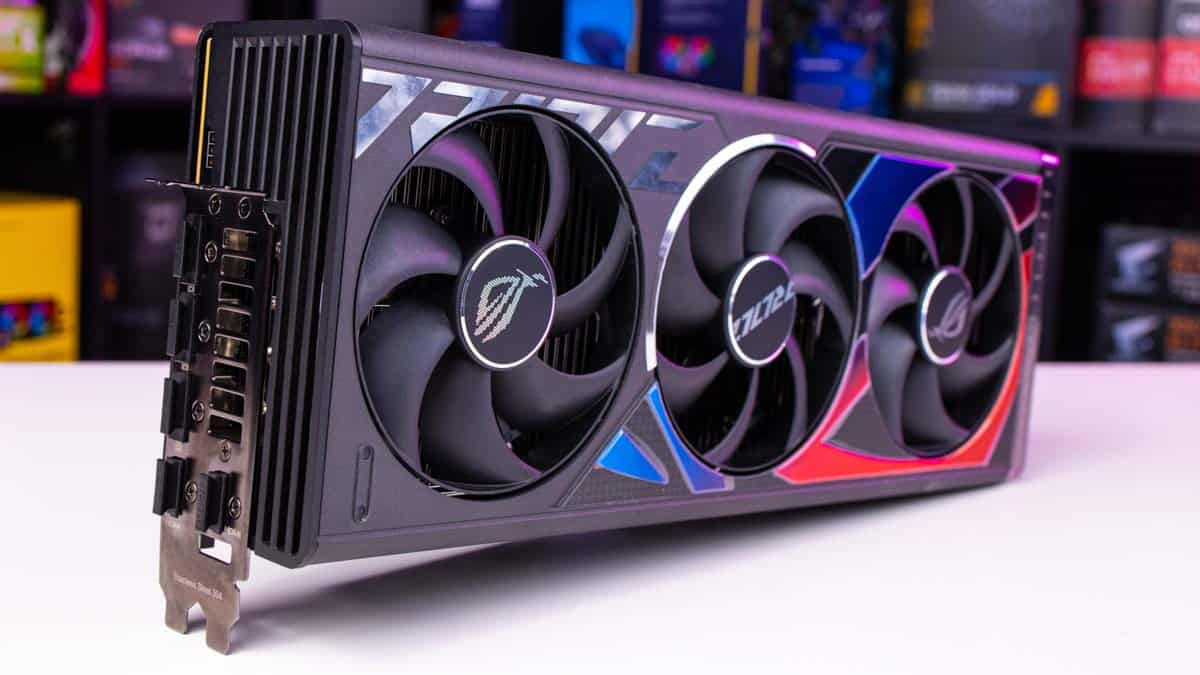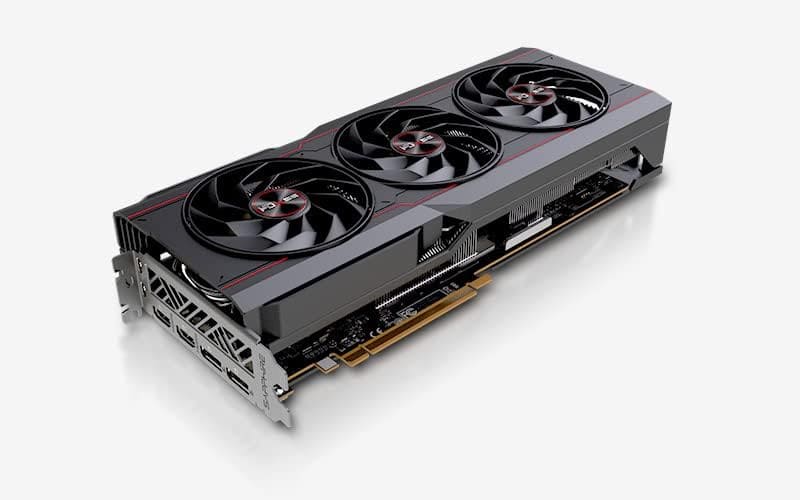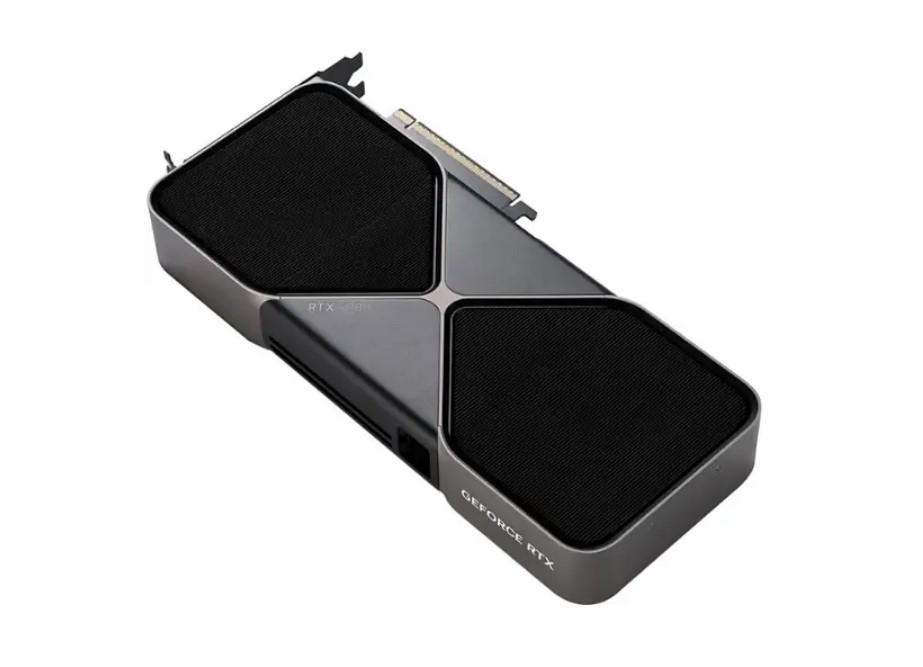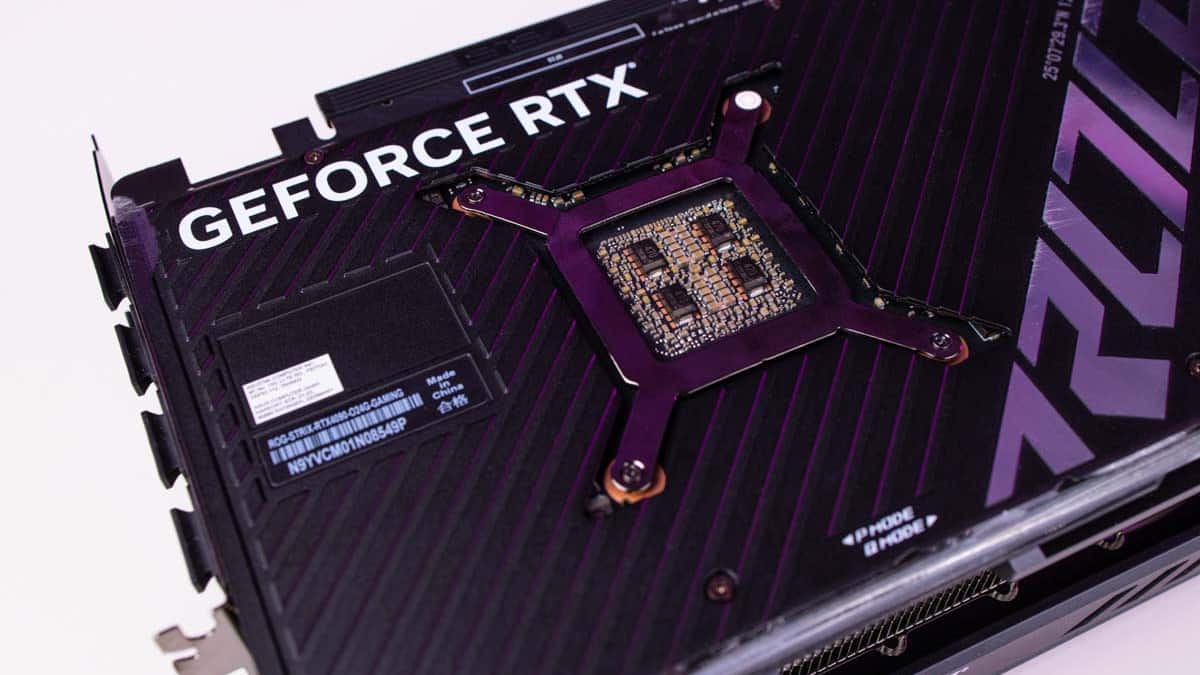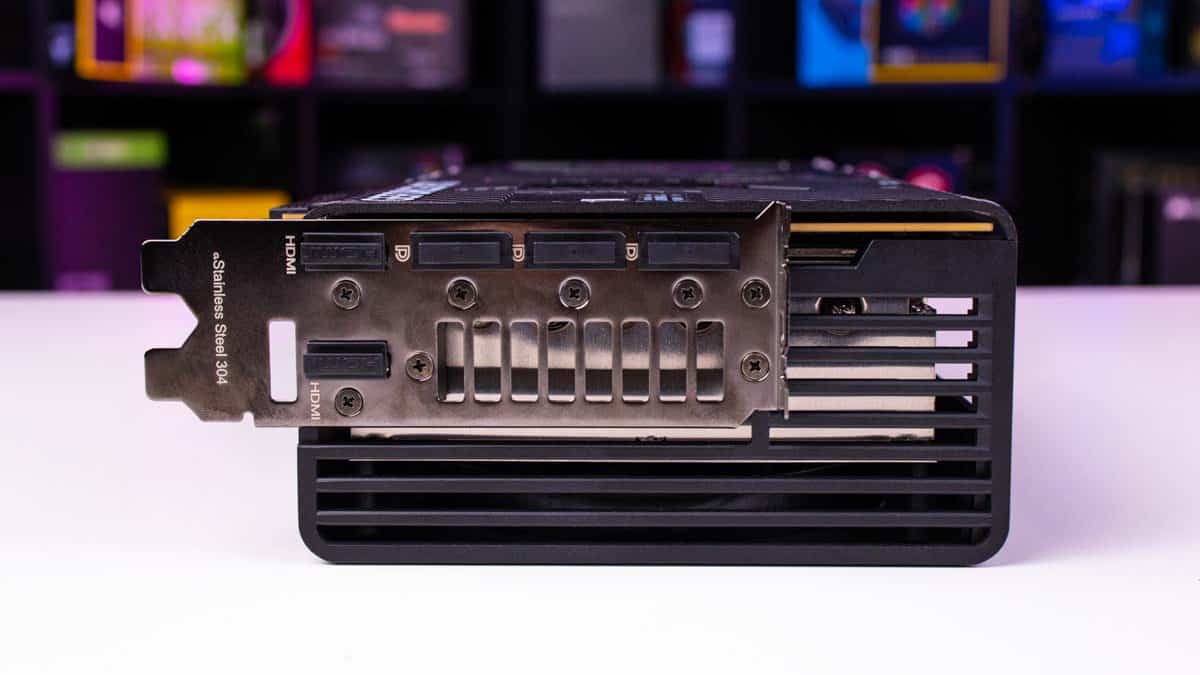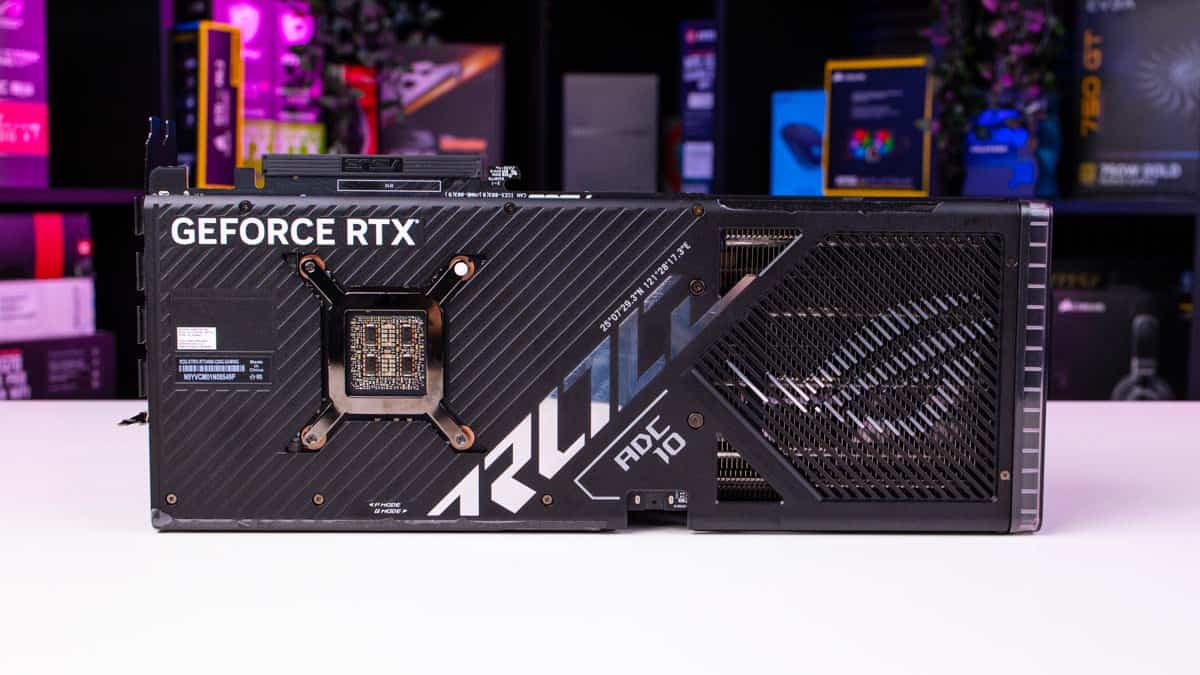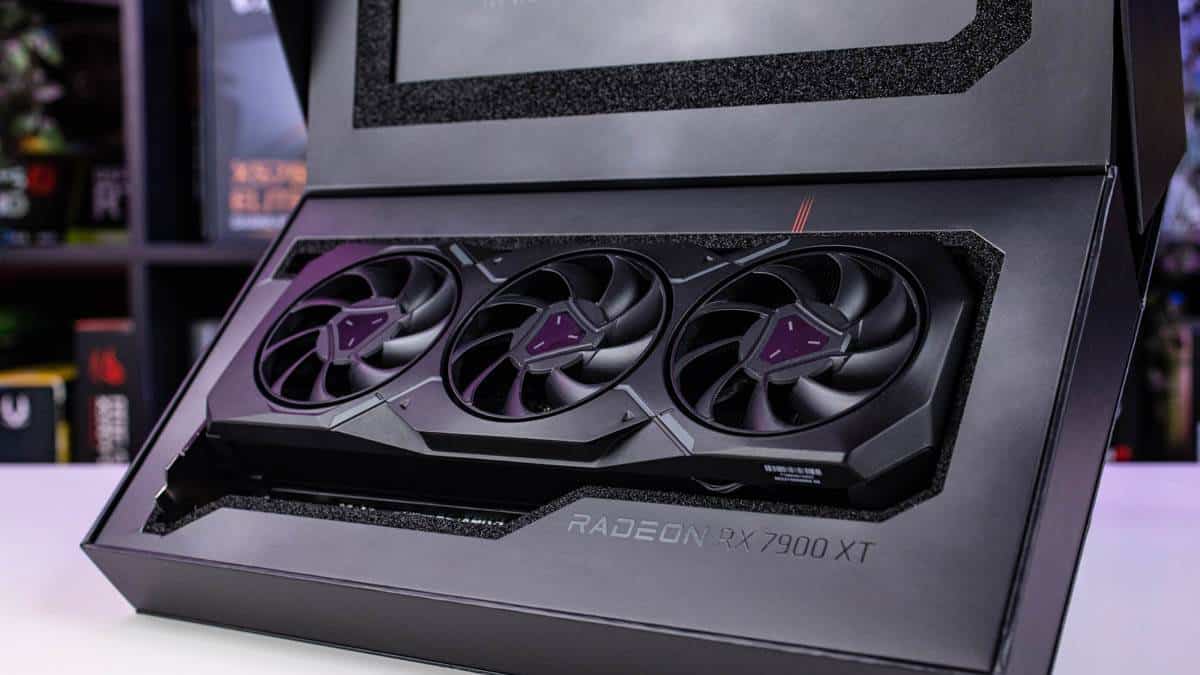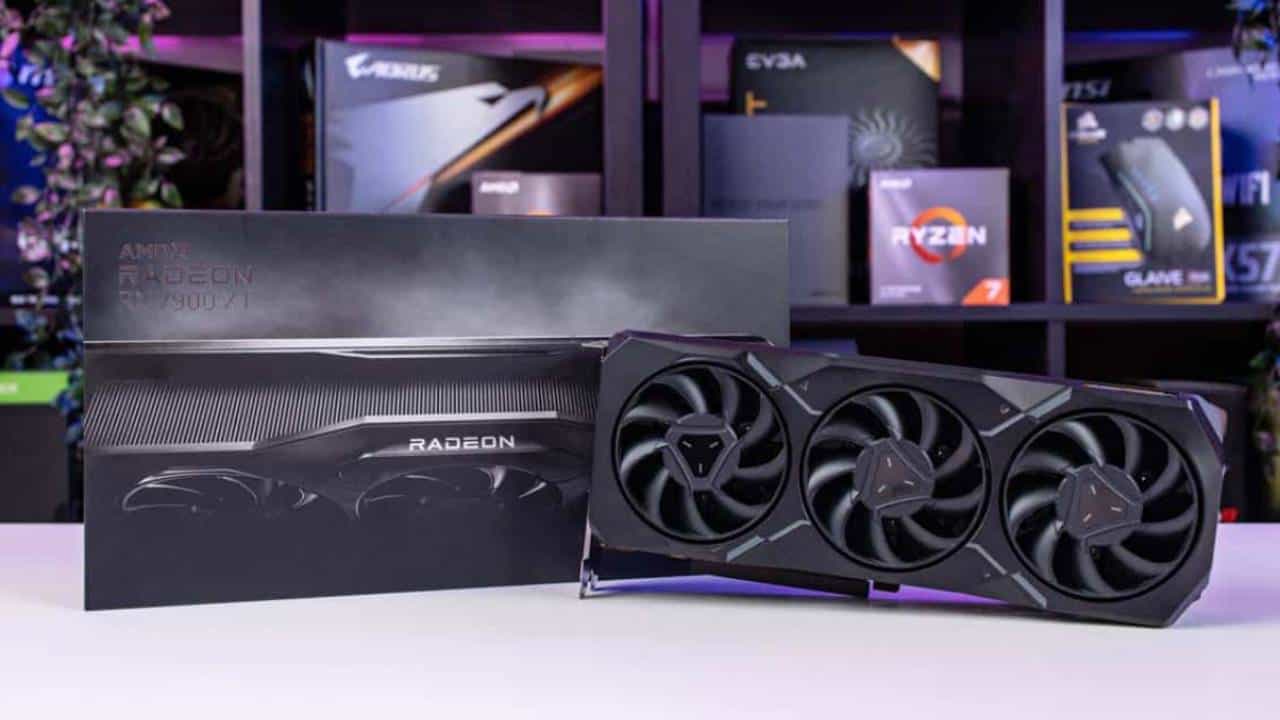Best workstation GPUs in 2025 – our top picks
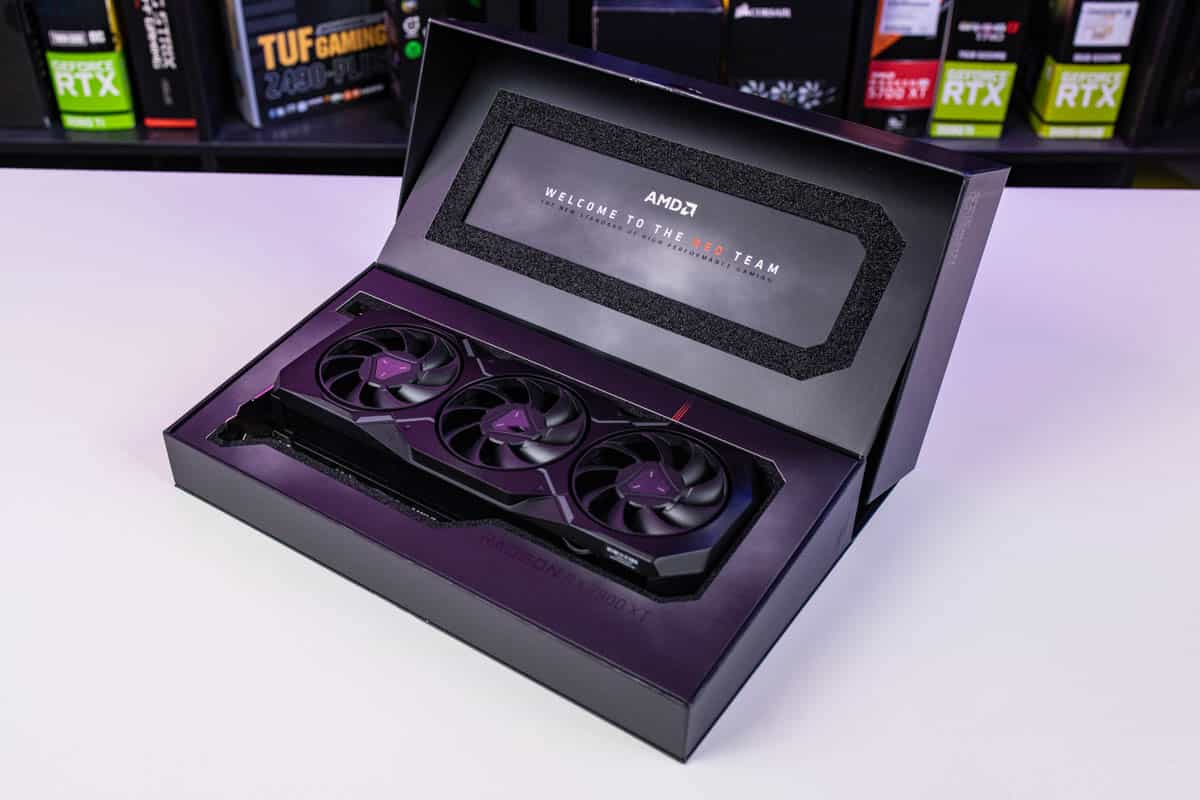
Table of Contents
There is more to graphics cards than just gaming, with a whole subset of picks used for more processing power than graphics, the best graphics card for workstations might just be something else entirely. Optimized for other tasks beyond gaming, there’s plenty of horsepower in these GPUs to take advantage of.
Most of these cards are certainly not budget graphics cards, as you will want to enjoy much higher specs to get the best performance out there. Sure, you can get some options on the lower end and more usual GPUs, but they won’t have the same optimizations and space considerations.
Prime Day is finally here! Find all the biggest tech and PC deals below.
- Sapphire 11348-03-20G Pulse AMD Radeon™ RX 9070 XT Was $779 Now $739
- AMD Ryzen 7 7800X3D 8-Core, 16-Thread Desktop Processor Was $449 Now $341
- ASUS RTX™ 5060 OC Edition Graphics Card Was $379 Now $339
- LG 77-Inch Class OLED evo AI 4K C5 Series Smart TV Was $3,696 Now $2,796
- Intel® Core™ i7-14700K New Gaming Desktop Was $320.99 Now $274
- Lexar 2TB NM1090 w/HeatSink SSD PCIe Gen5x4 NVMe M.2 Was $281.97 Now $214.98
- Apple Watch Series 10 GPS + Cellular 42mm case Smartwatch Was $499.99 Now $379.99
- ASUS ROG Strix G16 (2025) 16" FHD, RTX 5060 gaming laptop Was $1,499.99 Now $1,274.99
- Apple iPad mini (A17 Pro): Apple Intelligence Was $499.99 Now $379.99
*Prices and savings subject to change. Click through to get the current prices.
With that, we have picked out some of the top options for the job. With a range of tiers and use cases, you should be able to find the right card for your build.
Products at a glance
-
Best gaming GPU for workstation
ASUS ROG Strix RTX 4090 OC
- GPU: AD102
- CUDA cores: 16,384
- VRAM: 24GB GDDR6X
- Memory bus: 384-bit
- Bandwidth: 1,008 GB/sec
- Base clock: 2235 MHz
-
Best high-end workstation GPU
PNY NVIDIA Quadro RTX A6000
- GPU: Ampere GA102
- CUDA Cores: 10752
- VRAM: 48 GB GDDR6
- Memory bus width: 384-bit
- Bandwidth: 768 GB/sec
- Base clock: 1410 MHz
-
Best value-for-money GPU for workstation
Sapphire Radeon RX 7900 XT
- GPU: Navi 31
- Stream Processors: 5,376
- VRAM: 20GB GDDR6
- Memory bus: 320-bit
- Base clock speed: 1,387 MHz
- Game Clock speed: 2.2025 MHz
-
Best mid-range GPU for workstation
AMD Radeon Pro W7700 16GB
- Architecture: RDNA 3
- Memory: 16GB GDDR6
- Memory bus: 256-bit
- Memory ECC Support: Yes
- Connectivity: 4x DisplayPort 2.1
-
Best current-gen GPU for workstations
NVIDIA GeForce RTX 5090 Founders Edition
- GPU: GB202
- CUDA cores: 21,760
- VRAM: 32GB GDDR7
- Memory Bus width: 512-bit
- Base clock speed: 2010MHz
- Boost clock speed: 2410MHz
How we selected the best workstation GPUs
Of course, the best workstation GPU for you depends on your workload, the applications you use, and perhaps most importantly, your budget. We've chosen four GPUs that provide the best combination of specs, value-added software bundles, price, and all-out desirability to hit a sweet spot that would satisfy most users' PCs. Further, we have tested and reviewed two of the selections to give you a better idea of how the GPU works.
Given the price, complex nature, and wide application space of workstation GPUs, it's best to test one yourself in your chosen application and under your typical workload before purchase if you can.

- GPU: AD102
- CUDA cores: 16,384
- VRAM: 24GB GDDR6X
- Memory bus: 384-bit
- Bandwidth: 1,008 GB/sec
- Base clock: 2235 MHz
- Most powerful GPU on the market
- 4th generation Tensor cores and DLSS 3 technology provide a significant boost
- 24GB of GDDR6X memory – can handle large datasets
- Large amount of power consumption
- Hefty price tag, especially for a non-dedicated workstation GPU
While not strictly a workstation GPU, the Nvidia RTX 4090 stands as a powerhouse for GPUs across all platforms. Boasting top-tier specifications tailored to tackle intensive tasks like video editing, 3D rendering, and complex simulations effortlessly. Its expansive memory capacity and cutting-edge AI acceleration facilitate seamless handling of large datasets and intricate projects, crucial for a work GPU.
What we found was that it was perfect for demanding creative tasks and helping with workload productivity.
PC Guide
The improved efficiency keeps power consumption in check, further promoting both performance and sustainability. We have taken a look at this product ourselves in our Nvidia RTX 4090 Review. What we found was that it was perfect for demanding creative tasks and helping with workload productivity.
However, potential drawbacks include its hefty price tag and high power requirements, urging users to carefully weigh their workload demands, budget considerations, and long-term needs before making the investment, as alternative, less powerful GPUs may suffice for certain tasks, offering a more cost-effective solution without compromising productivity.
- Tailored for workstations
- Massive 48GB GDDR6 memory
- Features error-correcting memory
- Hefty price
The Nvidia RTX A6000 stands out as a superior choice for power users. It outshines RTX gaming cards with its focus on raw processing power for professional applications and work suites. The higher CUDA core count and optimized clock speeds translate to faster rendering, simulations, and data analysis.
Additionally, the massive 48GB of GDDR6 memory lets you work with huge datasets and complex models without limitations. Pretty much all you need from a workstation GPU.
Additionally, the massive 48GB of GDDR6 memory lets you work with huge datasets and complex models without limitations.
PC Guide
Beyond raw power, the RTX A6000 boasts features explicitly designed for professional needs. Workstation software compatibility is prioritized here. Likewise, error-correcting memory ensures data accuracy in critical tasks. As a result, it is difficult to criticize this model in the modern marketplace.
Yes, there are a few more powerful alternatives like the RTX A8000, but this model comes with a premium price tag and may be overkill for its intended use. Overall, the A6000 strikes a balance between cost and great performance.

- GPU: Navi 31
- Stream Processors: 5,376
- VRAM: 20GB GDDR6
- Memory bus: 320-bit
- Base clock speed: 1,387 MHz
- Game Clock speed: 2.2025 MHz
- Boost clock speed: 2,500 MHz
- Bandwidth: 800 GB/sec
- TDP: 300 W
- Excellent synthetic benchmarks
- Great 1440p and 4K performance
- Reasonable price
- Slower GDDR6 memory
- For ray tracing, Nvidia is a better choice
If you want a graphics card that offers value for money and delivers robust performance, then we think the RX 7900 XT might be a good fit. The GPU sports the new RDNA 3 architecture, which is suitable for demanding tasks like video editing and 3D rendering.
If you look at the specs, the GPU comes with 5,376 stream processors, a base clock speed of 1,387 MHz, and a boost clock speed of 2,500 MHz – all of which points towards strong performance. Further, you also get 20GB GDDR6 VRAM and a 320-bit memory bus to work with, so you can expect faster processing.
The GPU sports the new RDNA 3 architecture, which is suitable for demanding tasks like video editing and 3D rendering.
PC Guide
In our 7900 XT review, we saw that the GPU delivered excellent framerates for 1440p and 4K gaming, which should give you an idea of its performance. Plus, the RX 7900 XT also gave out impressive synthetic benchmarks in 3DMark's various programs, such as Fire Strike and Time Spy.
Despite boasting strong specs, there are a few things that you need to bear in mind. Even though the RX 7900 XT is a high-end card, its ray tracing capabilities do not match those of Nvidia. So, if you need to use ray tracing for your work, then you’d want to consider Nvidia RTX alternatives.

- Architecture: RDNA 3
- Memory: 16GB GDDR6
- Memory bus: 256-bit
- Memory ECC Support: Yes
- Connectivity: 4x DisplayPort 2.1
- Great for mid-range workstations
- Reasonably priced
- Tailored to different workflows
- Less powerful than A6000
While the Radeon Pro W7700 isn't as powerful as the Nvidia A6000, it does cost significantly less and maintains its status as a dedicated workstation GPU.
Built on RDNA 3 architecture, the card comes with 16 GB GDDR6 memory and a 256-bit memory bus, which should be enough for a mid-range professional build. Further, the Radeon Pro W7700 can output video to up to 4 monitors at 4K resolution. Alternatively, it can be pushed to two monitors at 6K resolution. Plus, you also get support for 8K and 12K.
Overall, the Radeon Pro W7700 is a good choice for workstations that need stability, professional software compatibility, and general performance at a reasonable price.
PC Guide
As mentioned, this is a professional GPU, so the drivers are better optimized for professional applications like CAD (Computer-Aided Design), DCC (Digital Content Creation), and other engineering software. This means you get better stability, performance, and features for these workflows compared to a general GPU.
Overall, the Radeon Pro W7700 is a good choice for professionals who need stability, professional software compatibility, and general performance at a reasonable price. However, if you want more power, then you’ll have to switch to a different model.
- GPU: GB202
- CUDA cores: 21,760
- VRAM: 32GB GDDR7
- Memory Bus width: 512-bit
- Base clock speed: 2010MHz
- Boost clock speed: 2410MHz
The RTX 5090 has officially taken the crown from the RTX 4090 as the most powerful gaming GPU on the market. If you’re aiming to play games at 4K with full ray tracing enabled and zero compromises, this is the card to beat. With the same setup, you can utilize it for a workstation as well.
In the meantime, early benchmarks and third-party reviews clearly highlight the generational leap the RTX 5090 offers over its predecessor. Built on NVIDIA's new Blackwell architecture, the RTX 5090 packs an astonishing 21,760 CUDA cores and 32GB of GDDR7 memory. That level of VRAM ensures smooth performance across any workload, whether you're gaming at max settings or working on intensive creative tasks.
Notably, this GPU also introduces a 512-bit memory interface, which allows it to move vast amounts of data with every cycle. Combined with PCIe 5.0 support, you'll have more than enough bandwidth to handle even the most demanding applications without bottlenecks.
Of course, all that performance doesn't come cheap. High-end variants, like the ASUS ROG model, can reach prices north of $3,000. That kind of investment is on par with a full enthusiast-grade prebuilt gaming PC. Overall, the RTX 5090 is a powerhouse with a high power draw, but it's built to future-proof your setup for years.
Considerations for the best GPU for a workstation
Here are some of the things that you can consider before investing in a new graphics card –
Application compatibility
Workstation GPUs provide critical productivity in professional settings, so they must be reliable and compatible with professional software so that you can work without experiencing graphics-related problems. AMD and Nvidia websites both provide information for applications their drivers are certified to work with, as can an AMD or Nvidia sales rep.
Technical capabilities
The number and type of graphics processors, such as stream processors and ray tracing processors, are important, too, with more processors generally being better. Graphics RAM is another consideration. However, the amount that will benefit specific use cases depends on the work being undertaken, which adds a layer of consideration.
Software
Finally, bundled software is worth considering alongside professional needs, with Nvidia's Omniverse server allowing remote collaboration on a project (up to two users for free). AMD's Remote Workstation allows the best use of its hardware for users accessing their work files remotely.
Workstation setup
If it’s the number of displays or your physical case and all, there are some considerations as to which graphics card can fit the mark. If you have a lot of screens, the pick of the best GPU for triple monitors is a decent idea, one that can support enough displays and still perform as it should.
Then there is the physical size of the graphics cards. More workstation-oriented cards are server-grade, with a blow-through design and sometimes fanless, opting to go for more assisted cooling in a rack. With their impressive power, you may find it hard to get low profile or ITX cards, for that matter, and so it’s good to consider the sizing and PC setup for these cards carefully.
Which GPU is best for workstations?
This isn't necessarily a question with a straightforward answer. Not only does it depend on performance and budget, but form-factor, power efficiency, storage, and application suitability are crucial factors. Nvidia's RTX A6000 is the performance winner and best overall in our round-up. This is because of its dedication to being a GPU solely for workstations. Every feature here is intended to smooth out the workload and make it more efficient for the user.
Is GPU important for a workstation?
Yes, the graphics processing unit is key for a workstation. Alongside a powerful CPU, it provides plenty of processing power for workstation tasks, such as rendering graphics or video. Just like a normal GPU, it handles those tasks. Even when running simulations and AI models, which power LLMs, the GPU has great power in these tasks. Supercomputers use racks of them to produce fast results.
Are workstation GPU better than gaming?
Depends on the task; in gaming, workstation GPUs are not going to be better than gaming GPUs. They are not optimized for these tasks, and even with that extra memory and power, they can’t utilize it in gaming tasks. However, in workstation tasks, they will for the most part be better than a gaming GPU thanks to those same optimizations.


